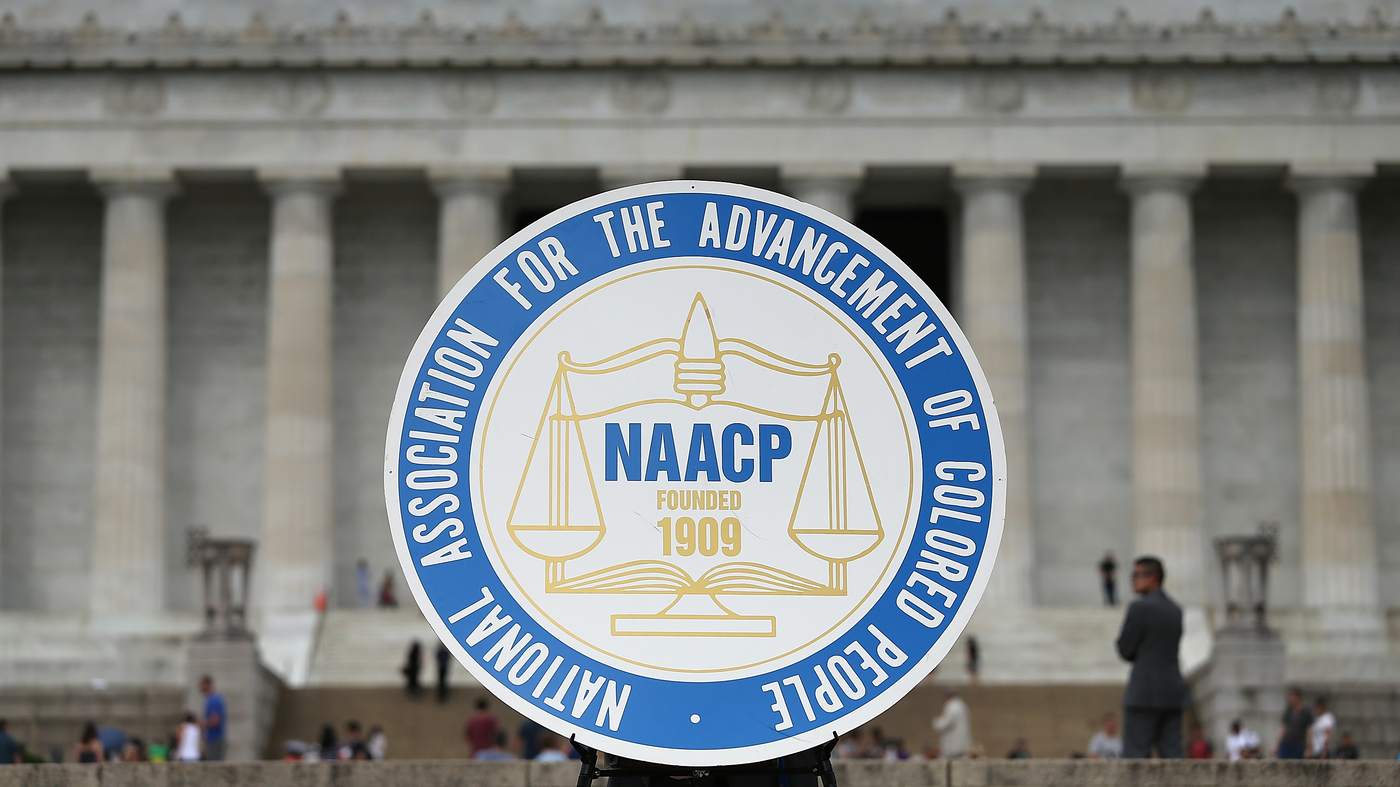A Historic Exclusion: The NAACP’s Decision to Not Invite President Trump
The National Association for the Advancement of Colored People (NAACP) has made a historic and unprecedented decision: it will not invite President Donald Trump to its 116th National Convention, scheduled to take place in Charlotte, North Carolina, from July 12-16, 2025. This decision breaks a tradition that has spanned over a century, marking the first time a sitting U.S. president has been excluded from the annual event. The announcement, made by NAACP President & CEO Derrick Johnson on June 16, 2025, underscores the organization’s assessment of the current political climate and its stance on the Trump administration.
A Tradition Interrupted: 116 Years of Presidential Engagement
For 116 years, the NAACP has consistently invited the sitting U.S. president to its annual convention. This tradition symbolized a commitment to open dialogue, engagement with the nation’s leadership, and an opportunity to address critical issues facing the African American community. Historically, these appearances, though sometimes contentious, provided a platform for presidents to articulate their policies and perspectives to a vital constituency. The inclusion of President George W. Bush at the 2006 convention is a recent example of this long-standing practice. The consistent extension of the invitation, regardless of political affiliation, underscored the NAACP’s dedication to maintaining a line of communication with the highest office in the country.
The decision to break this tradition was not made lightly. The NAACP explicitly cited the Trump administration’s actions as detrimental to democracy and civil rights as the primary justification for the exclusion. The organization condemned what it perceives as President Trump’s attempts to undermine democratic institutions and processes. This condemnation is not merely a matter of political disagreement but is framed as a fundamental threat to the principles the NAACP has championed for over a century.
Specifically, the NAACP views the administration as disrespectful to the Constitution and the rule of law. The organization’s leadership believes that providing a platform for what they characterize as “fascism” would be unacceptable and counterproductive to their mission. This strong language highlights the depth of the organization’s concerns and the severity of the perceived threat. The decision is not about silencing a voice but rather about refusing to legitimize policies and rhetoric deemed harmful to the progress of civil rights.
A Symbolic Act with Far-Reaching Implications
The NAACP’s decision to exclude President Trump is more than just a disinvitation; it is a potent symbolic act. By breaking with a 116-year tradition, the organization is sending an unequivocal message to the Trump administration and the nation. It signals a level of disapproval that goes beyond typical political opposition. It is a declaration that the NAACP will not normalize or condone actions it believes are actively eroding the foundations of a just and equitable society.
This move is likely to galvanize both supporters and critics. For those who share the NAACP’s concerns about the direction of the country, the decision will be seen as a courageous and principled stand. For others, it may be viewed as divisive and overly partisan. Regardless of individual perspectives, the decision is certain to fuel further debate about the state of race relations, political polarization, and the future of American democracy.
Beyond Trump: A Broader Statement on Leadership
While the immediate focus is on President Trump, the NAACP’s action also serves as a broader statement about the qualities of leadership it expects from the nation’s highest office. The organization is implicitly defining the boundaries of acceptable behavior and articulating its non-negotiable principles. It is a reminder that engagement requires mutual respect, a commitment to justice, and a willingness to uphold the values enshrined in the Constitution.
The NAACP’s stance suggests that simply holding office is no longer sufficient to warrant the organization’s platform. Leaders must demonstrate a genuine commitment to civil rights, democratic principles, and the well-being of all Americans. This sets a new precedent for future engagements and raises the bar for presidential participation in NAACP events.
A Defining Moment: The Legacy of the Exclusion
The NAACP’s decision to not invite President Trump to its national convention is a defining moment in the organization’s history. It represents a bold departure from tradition, driven by a deep conviction that the current political climate demands a strong and unequivocal response. The act is not merely a protest against a single administration but a reaffirmation of the NAACP’s enduring commitment to fighting for justice, equality, and the preservation of democratic values.
The reverberations of this decision will likely be felt for years to come, shaping the relationship between the NAACP and future administrations and serving as a powerful reminder of the importance of principled leadership in a rapidly changing world. It is a moment that will be studied and debated, solidifying its place as a pivotal event in the ongoing struggle for civil rights in America.
Conclusion: A Stand for Principles
The NAACP’s decision to exclude President Trump from its national convention is a stand for principles that have guided the organization for over a century. It is a testament to the NAACP’s unwavering commitment to justice, equality, and the preservation of democratic values. This historic exclusion is not just about one president or one administration; it is about upholding the values that have defined the NAACP’s mission since its inception. As the organization continues to navigate the complexities of the modern political landscape, this decision will serve as a reminder of the importance of standing firm in the face of adversity and the enduring power of principled leadership.

